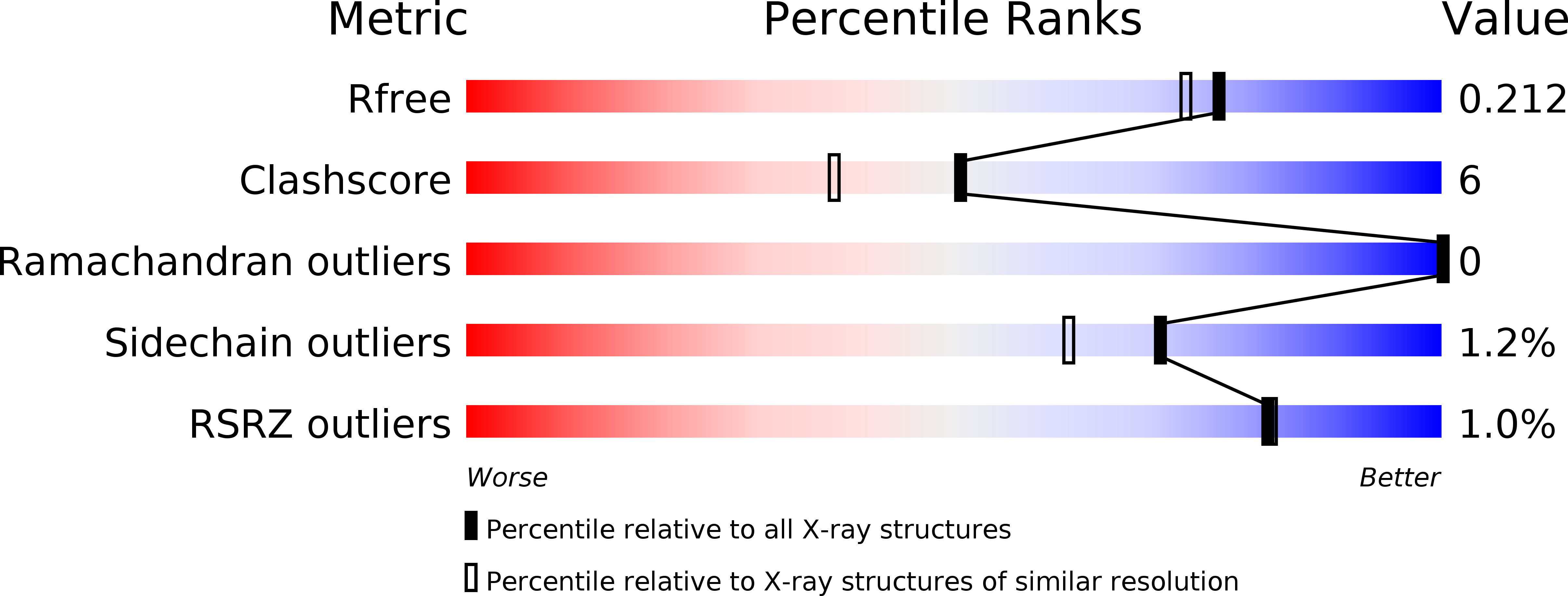
Deposition Date
2019-05-06
Release Date
2020-02-05
Last Version Date
2024-11-13
Entry Detail
PDB ID:
6RM9
Keywords:
Title:
Crystal structure of the DEAH-box ATPase Prp2 in complex with Spp2 and ADP
Biological Source:
Source Organism:
Host Organism:
Method Details:
Experimental Method:
Resolution:
1.85 Å
R-Value Free:
0.21
R-Value Work:
0.19
R-Value Observed:
0.19
Space Group:
P 21 21 21


